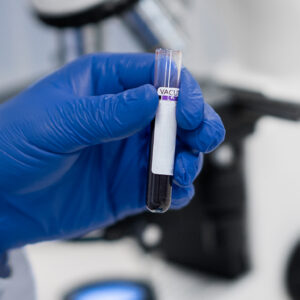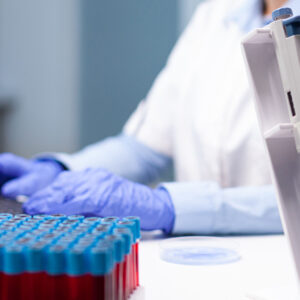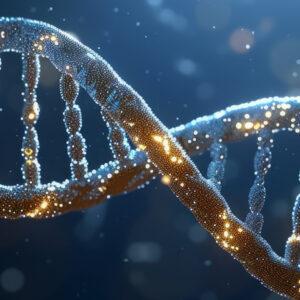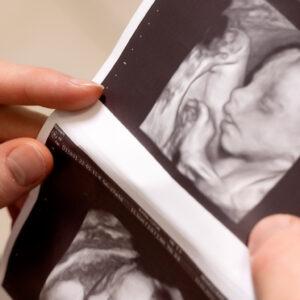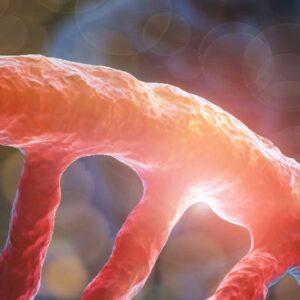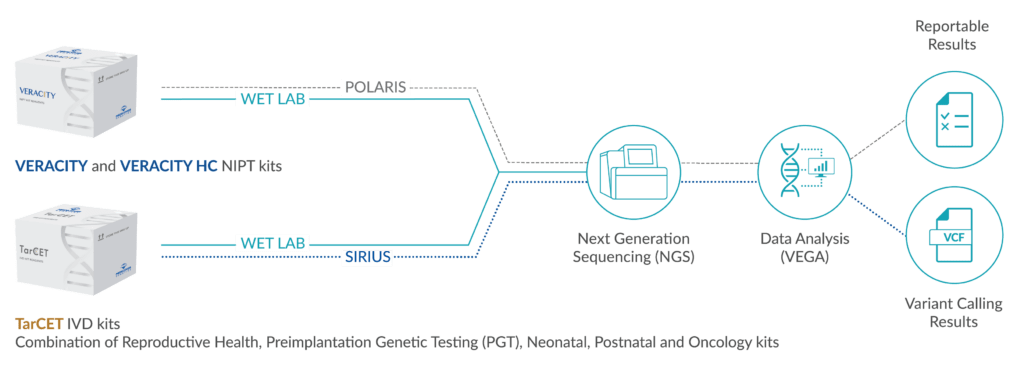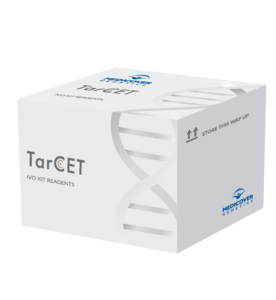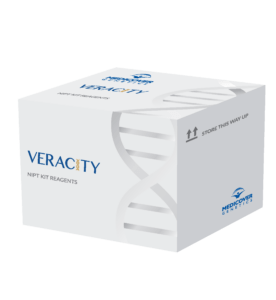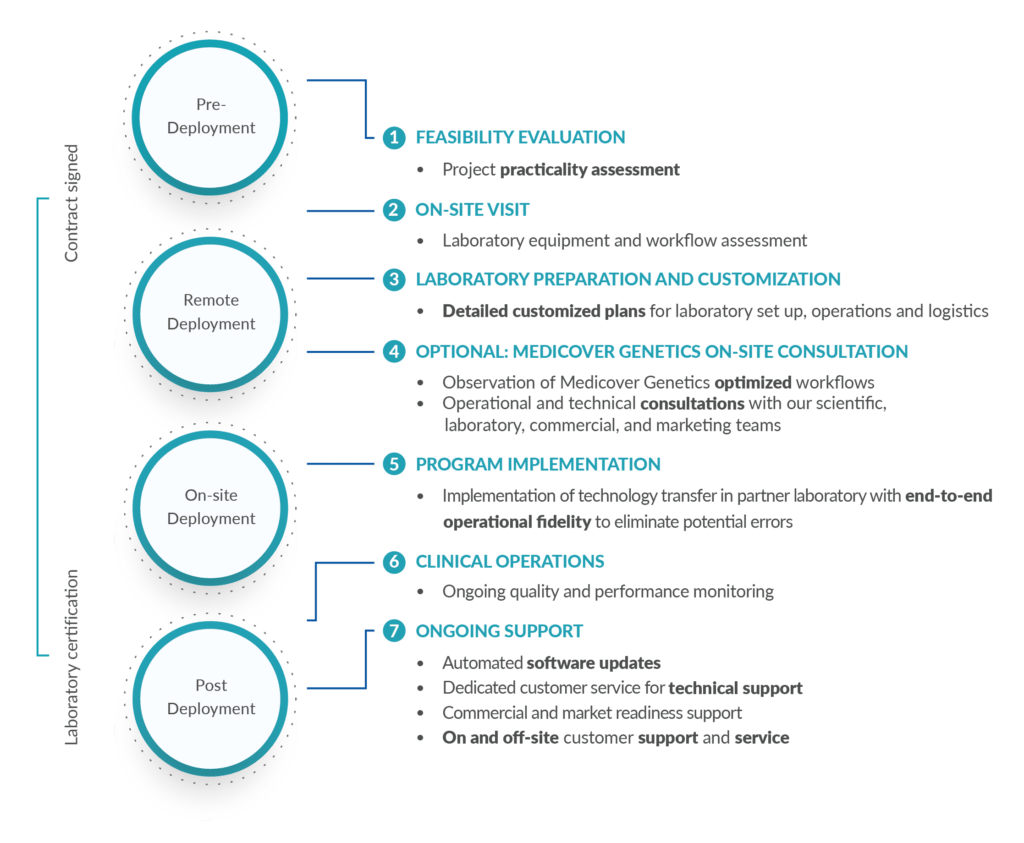Scientific Background
Classical EDS (cEDS) is inherited in an autosomal dominant manner. It is the second most common EDS subtype with a prevalence of 1:20,000. Initial descriptions differentiated between EDS gravis and EDS mitis, which differ only in severity. According to the 2017 classification, significant skin hyperextensibility with atrophic scarring (cigarette paper scars) and generalized joint hypermobility are the main clinical criteria. Secondary criteria include easy bruising, soft velvety skin, tissue lesions, molluscoid pseudotumors, subcutaneous spheroids, hernias, epicanthal folds, musculoskeletal complications due to the hypermobility and complications during surgery due to tissue fragility.
Variants in the COL5A1 and COL5A2 genes, which encode the α1- and α2-chain of type V collagen, are the molecular cause of cEDS in patients. Variants in the COL5A1 gene are present in about 75% of patients, while variants in the COL5A2 gene have been described in about 14% of patients. According to the 2017 classification, the minimum requirement for a genetic diagnosis of cEDS is the presence of the major clinical criterion of skin hyperextensibility with atrophic scarring, either in combination with the second major clinical criterion of generalized joint hypermobility, or with at least three minor clinical criteria. Pathogenic variants in the COL5A1 and COL5A2 genes have be detected in 90% of patients in whom all major clinical criteria were met. The majority of all COL5A1 and COL5A2 variants lead to premature translational stop and subsequently to a null allele. Approximately 30% of all COL5A1 variants and 40% of all COL5A2 variants are structural, affecting glycine in the triple helix. Genomic deletions have not yet been identified in the COL5A2 gene, and the literature describes only four genomic deletions and one genomic duplication in the COL5A1 gene.
A clinical diagnosis of cEDS can be confirmed by the detection of a pathogenic variant in the COL5A1 or COL5A2 gene. In the absence of molecular genetic evidence, a characteristic ultrastructure with cauliflower-like changes seen in the electron microscopic examination of the collagen fibrils of a skin biopsy may support the clinical diagnosis of cEDS.
Variants in the COL1A1 gene have also been identified in approximately 1% of patients with cEDS. If the variants affect arginine substitutions, then they are often associated with vascular involvement, whereas EDS patients with glycine substitutions, other amino acid substitutions, or translational stop mutations in the COL1A1 gene show additional symptoms of osteogenesis imperfecta.
References
Malfait et al. in: Pagon RA, Adam MP, Ardinger HH, et al, eds. GeneReviews® (Updated 2018 Jul 26) / Malfait et al. 2017, Am J Med Genet C 175:8 / Bowen et al. 2017, Am J Med Genet C 175:27 / Mayer et al. 2013, Eur J Hum Genet 21, update 2012 / Ritelli et al. 2013, Orphanet J Rare Dis 8:58 / Symoens et al. 2012, Hum Mutat 33:1485 / Mitchell et al. 2009, Hum Mutat 30:995 / Malfait et al. 2007, Genet Med 12:597 / Hausser et al. 1994, Hum Genet 93:394







